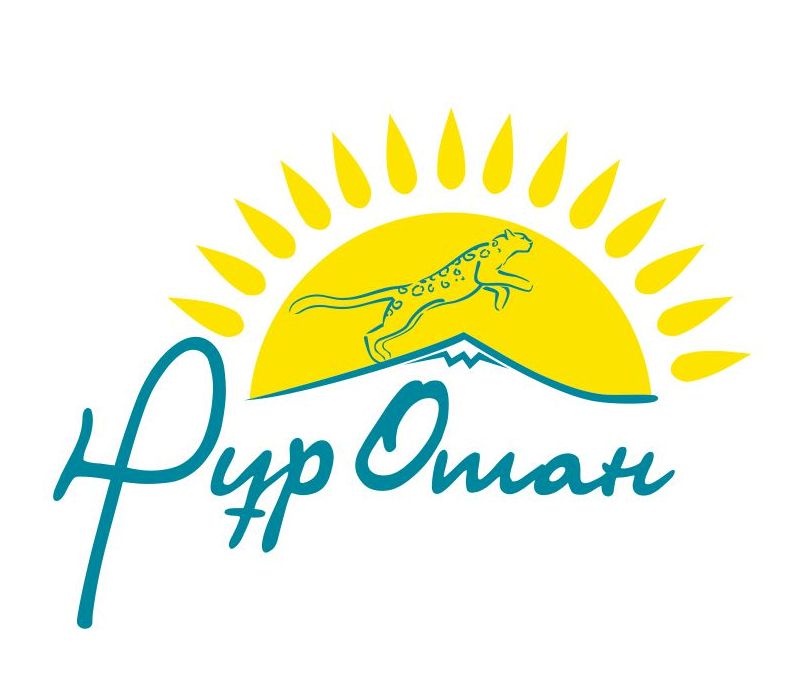
Lesson
plan
|
Unit 4. Buildings |
School: Moskowskaya secondary school | |||||
|
Date: 10/12/18 |
Teacher name: Sovetkhan R | |||||
|
Grade: 3a |
Number present: |
absent: | ||||
|
Theme of the lesson: Unit revision 4. Buildings | ||||||
|
Learning objectives that this lesson is contributing to |
3.3.4.1 use with some support a simple picture dictionary; 3.5.14.1 use prepositions of location and position: at, behind, between, in, in front of, near, next to, on, under, above to describe where people and things are, use prepositions of time: on, in, at to talk about days and times and no preposition last week | |||||
|
All learners will be able to: · write basic sentences and respond using visuals; · practice learned vocabulary with support. | ||||||
|
Most learners will be able to: · use most of the words in the speech; · answer questions with minimum support. | ||||||
|
Some learners will be able to: · write basic sentences with basic words, phrases and short; sentences using visuals with no support about the buildings
| ||||||
|
Assessment criteria |
Learners have met the learning objective (3.3.4.1 / 3.5. 14.1.) if they can:
| |||||
|
Value links |
Education throughout life, cooperation | |||||
|
Cross - curricular links |
Lesson is connected Geography | |||||
|
Previous learning |
Around the house 2 | |||||
|
Plan | ||||||
|
Planned timings |
Planned activities |
Resources | ||||
|
Beginning 5 mins
|
Warm-up Game · Leaners name the buildings they remember. The topic and Los are presented. |
| ||||
|
Middle 30mins
|
Presentation Leaners name the buildings and describe them.
Leaners listen to the meanings and guess the buildings: 1. A building where you go to check out books or to read books 2. A building where you can have delicious food 3. A building where you buy petrol for your car 4. A building where you sleep in a campsite 5. A building where you keep your money 6. A building where you study 7. A building where you go when you are sick 8. A building where you go to see old things in it 9. A building where you go to send mails 10. A building where they help people to stay safe 11. A building where you keep your domestic animals 12. A building where you buy food and products. 13. A building where you have an office 14. A building where you park your car Leaners play prepositions game: at, behind, between, in, in front of, near, next to, on
Task 1 Read the deions and fill the gaps with the words under the pictures: Task 2 Look at the map, use the prepositions of location and position: at, behind, between, in, in front of, near, next to, on to tell where these places are: Differentiation by level: High level students: at, behind, between, in, in front of, near, next to, on to tell where the places Low level students: use the prepositions of location and position: at, between, in, on to tell where the places Feedback: Teacher encourages and increases fluency, checks the process error correction
|
PPT
DIDACTIC MATERIAL 1
| ||||
|
End 5 mins |
Reflection Learners reflect on their learning: - What has been learned? - What remained unclear? - What is necessary to work on Leaners complete the Self- assessment paper. Home task: new words to learn. |
| ||||
|
Additional information | ||||||
|
Differentiation – how do you plan to give more support? How do you plan to challenge the more able learners? |
Assessment – how are you planning to check learners’ learning? | |||||
|
Less able students – greater support by means of prompts, visuals or writing difficult words on the board More able students – independent work on definite tasks with little/no support Allow for flexible groupings and cooperative learning, depending on the appropriateness to the task Allow for extra time for students needing it, when appropriate Give extra text or visual support to students needing extra English support Create small learning groups for students needing extra support or enrichment with the co-teacher, when appropriate |
through observation | |||||
|
Reflection Were the lesson objectives/learning objectives realistic? What did the learners learn today? What was the learning atmosphere like? Did my planned differentiation work well? Did I stick to timings? What changes did I make from my plan and why? | ||||||
|
Summary evaluation What two things went really well (consider both teaching and learning)? 1: 2: What two things would have improved the lesson (consider both teaching and learning)? 1: 2: What have I learned from this lesson about the class or individuals that will inform my next lesson?
| ||||||






 Мектепке дейінгі балалар ұйымына жолдама қалай алуға болады
Мектепке дейінгі балалар ұйымына жолдама қалай алуға болады
 Мектепке тіркеу үшін құжаттарды қабылдау
Мектепке тіркеу үшін құжаттарды қабылдау

 Оқу мектебі
Оқу мектебі














